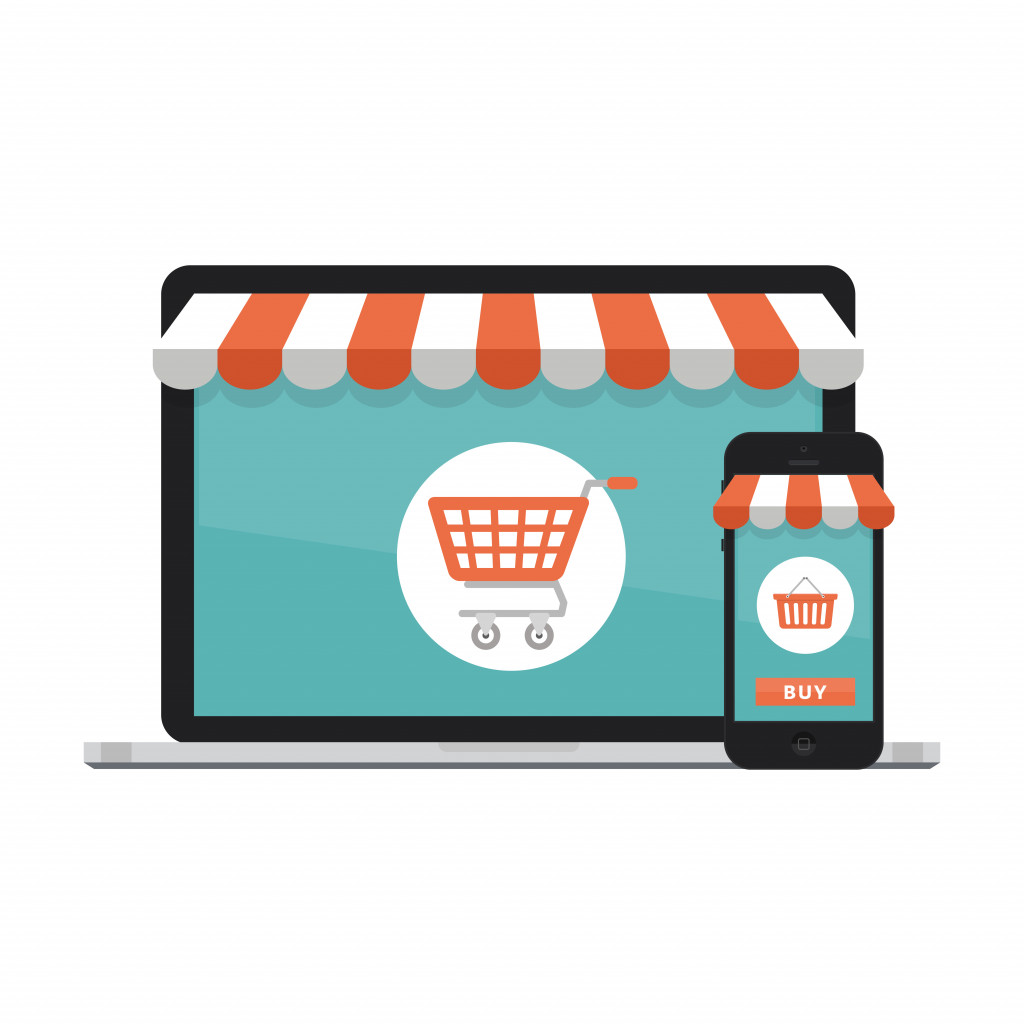There is nothing quite like technology to shock our systems. We used to write down our grocery list on a piece of paper, carry that paper with us when we go to the supermarket, and check off the items as we put them in the carts. These days, your smart refrigerator will tell you when you are running out of milk, eggs, and whatnot. It will also tell you if there are items that are near their expiration dates already. Yes, we’re technically being served and run by technology. There is no easy way to say that.
Technology has taken the shopping experience to a whole new level of crazy. Supermarket trips have always been a bit calming because it’s the one place you understand very well. You are a willing victim of those aisles of junk food, and that’s okay since you’ve been working hard the past weeks. But over the years, the supermarket shopping experience changed. And in the past year, new demands started to emerge.
Making the Shopping Experience More Convenient
The only thing annoying about doing grocery shopping is the weight of the cart and the bags you have to carry to the parking lot or the bus stop. Thankfully, technology has an answer to that. With an automated cart, shoppers now don’t have to worry about pushing and pulling their shopping carts. The addition of automated conveyor systems in the counters is nothing new, but this is still one of the most important roles technology plays in making the shopping experience more convenient.
Shopping is more accessible because supermarkets provide electronic wheelchairs for those who have a hard time walking or running around the aisles. Some carts can also add the items you put in it, so you don’t go over the budget. Some apps will allow you to compare the prices of the items with other grocery stores. All you have to do is point your phone’s camera to the items in question.
In Japan, they are also trying to develop an app that will tell how many calories are in an item. This way, you can watch your weight and not go over what the doctors allow you. It also saves time. Instead of checking out the nutrition labels on each food product, you can point your phone, and the app will show what you need to know.
Availability of Delivery Services
There is now a wide availability of home delivery. It used to be that only ready-to-cook food is available for delivery, but retailers have taken this to the next level in the past decade. Especially with the pandemic, supermarkets have to be creative on how they improve customer experience. Other supermarkets can actually stock the customer’s refrigerator and not just deliver the goods at their addresses.
With delivery services like Mango Logistics, it’s all about instant gratification. In the past year, retailers found a way to deliver the goods almost 15 to 30 minutes after the customers place the order. This benefits the customers more than anything else. While some are okay to wait for a day or two before a pair of shoes arrives in their doors, it’s not the same for groceries. Customers want to receive the grocery items since there’s a good chance that they will use those ingredients on the same day.
Payments Are Made Easier and Safer

The biggest change in grocery shopping is the customers’ ability to pay with their smartphones. They don’t have to take their credit cards and debit cards with them. All they need is to tap their phones or scan a bar code or QR code. The total amount purchased will be deducted from their account or charged to their account if the payment option is linked to their credit cards.
Shoppers can also choose to pay online even before they pick up the goods from the store or have them delivered and pay right there when the goods arrive. This has been a critical development in retail during the past year because health experts advocated for reducing physical interaction. With mobile payment, there’s no need for money and cards to exchange hands.
It hasn’t been an easy decade for the food retail industry because of emerging demands. Shoppers have changed in lifestyle, age, and income. This new generation of shoppers is better in many ways, but they are also more discerning. They have more knowledge, so that makes them more demanding, too.
